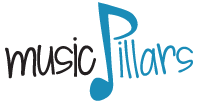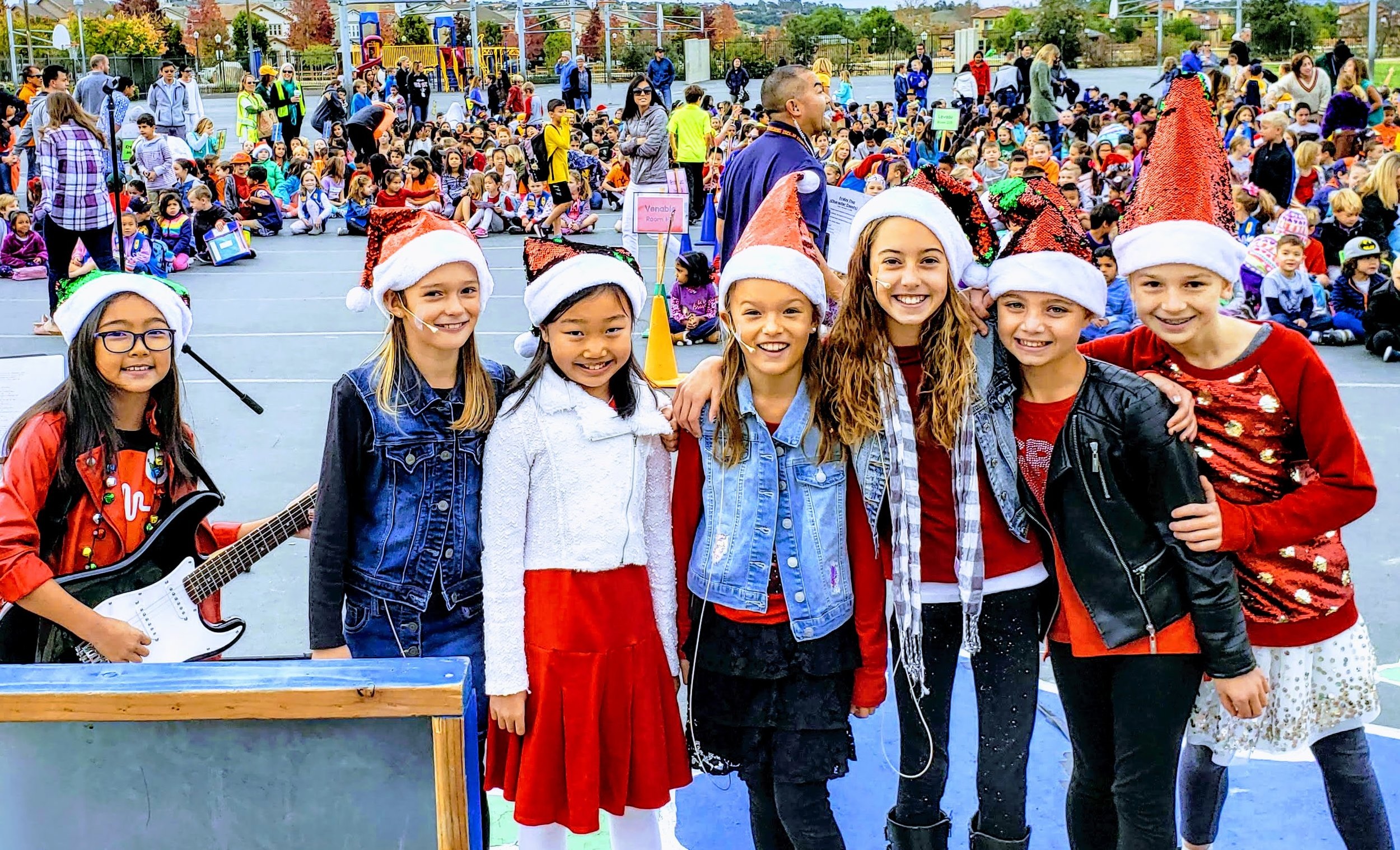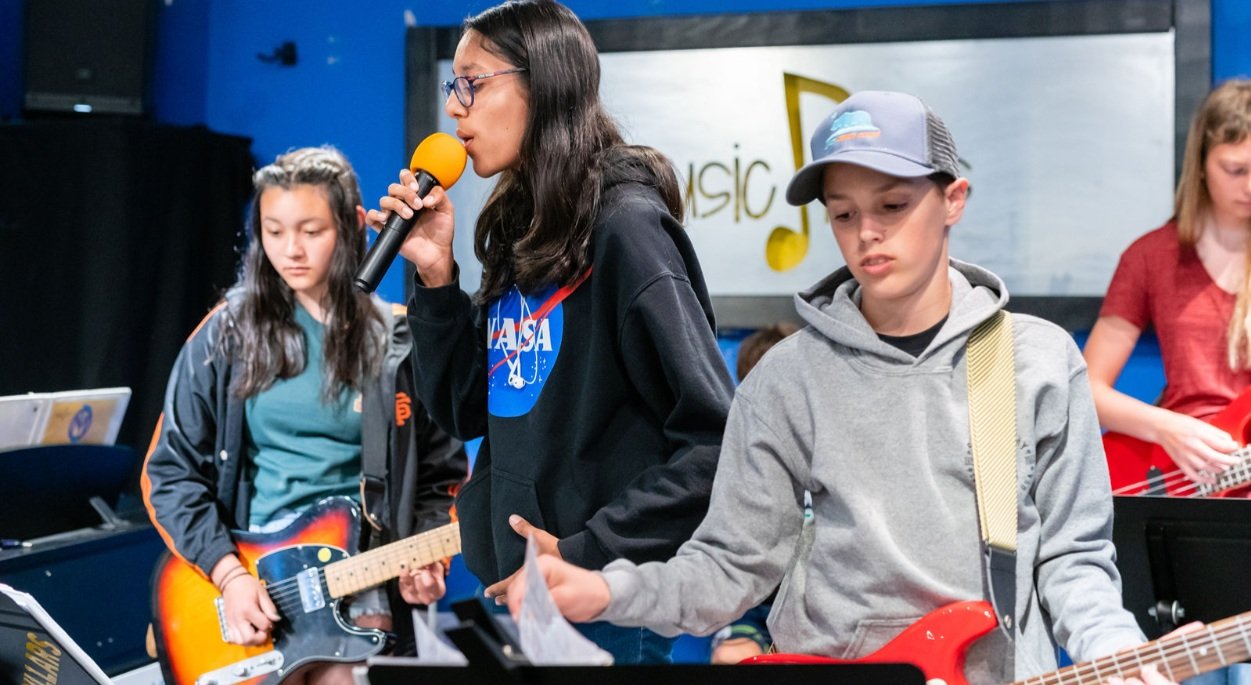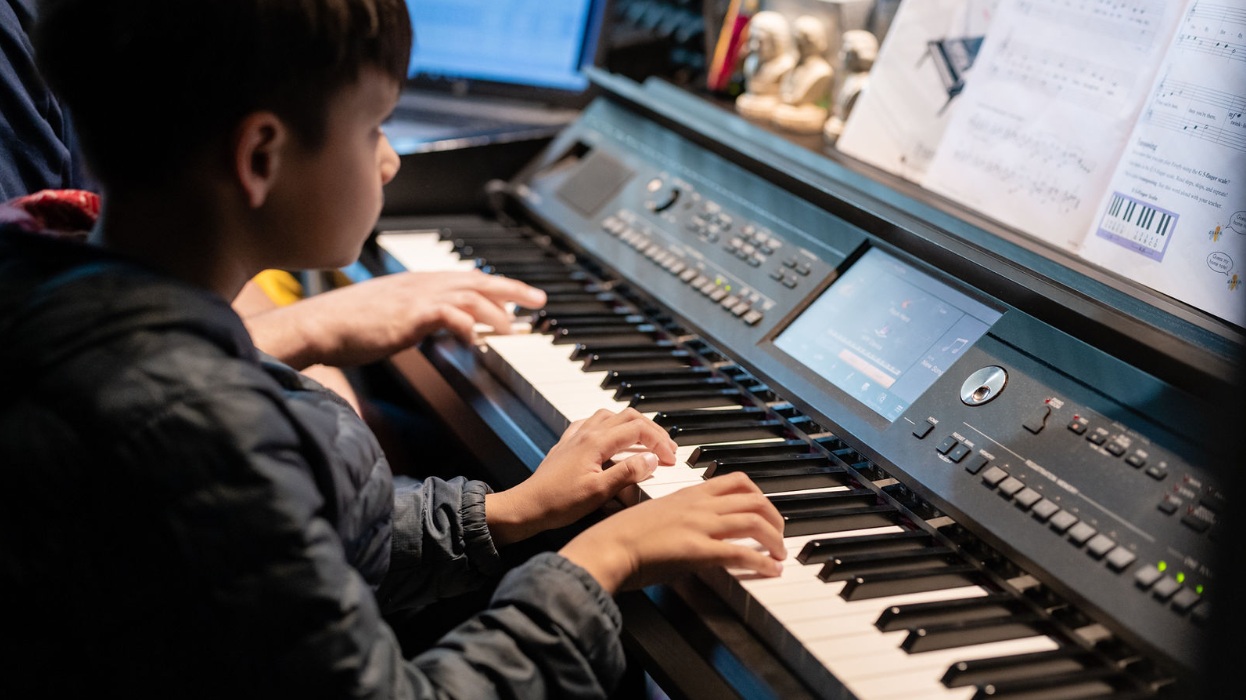We Create Inspiring Artists!
Call/Text us at (858) 999-8584 for help understanding our large selection of performing arts programs!
What are we all about?
Music Pillars exists to create Inspiring Artists in the performing arts space.
Call or text us at (858) 999-8584 for lessons
THE LOVE OF MUSIC - THAT MUST COME FIRST
If a student wants to learn a Chopin Etude, a Mozart Sonata, “Nothing Else Matters” by Metallica, the latest Taylor Swift Song, Ragtime by Scott Joplin, a chart from Les Miserables, or a Beatles tune, that works for us. What matters to us is that the student is passionate and can get excited about the music! When a student is inspired and excited about the music – the likelihood that they will practice and stick with music over the years is much greater because they want to learn how to play it!
Force a student to learn what you as the parent (or worse, a teacher who insists on a student learning only XYZ music) want them to learn – and we guarantee that they will lose interest, begin complaining about it, and basically make your life miserable until you finally let them quit. So when we talk about putting Play back into music, we first mean that the music should reach and inspire the student. If that connection for the student gets lost, so too will the student’s musical progression.
We absolutely teach the fundamentals of music, including monthly assessment exams to monitor and track progress. So it's not JUST about the fun. But as part of every student's journey - they will always have 1-2 pieces of music that they have chosen to learn. We have named the fundamentals of music - the "pillars." They are: Love, Audiation, Theory, Pattern Recognition, Dexterity, Improvisation, Sight-Reading, and Composition. More about each of these pillars can be found here.
























